
- For PC
- For MAC
- For Linux
- OS: Windows 10 (64 bit)
- Processor: Dual-Core 2.2 GHz
- Memory: 4GB
- Video Card: DirectX 11 level video card: AMD Radeon 77XX / NVIDIA GeForce GTX 660. The minimum supported resolution for the game is 720p.
- Network: Broadband Internet connection
- Hard Drive: 23.1 GB (Minimal client)
- OS: Windows 10/11 (64 bit)
- Processor: Intel Core i5 or Ryzen 5 3600 and better
- Memory: 16 GB and more
- Video Card: DirectX 11 level video card or higher and drivers: Nvidia GeForce 1060 and higher, Radeon RX 570 and higher
- Network: Broadband Internet connection
- Hard Drive: 75.9 GB (Full client)
- OS: Mac OS Big Sur 11.0 or newer
- Processor: Core i5, minimum 2.2GHz (Intel Xeon is not supported)
- Memory: 6 GB
- Video Card: Intel Iris Pro 5200 (Mac), or analog from AMD/Nvidia for Mac. Minimum supported resolution for the game is 720p with Metal support.
- Network: Broadband Internet connection
- Hard Drive: 22.1 GB (Minimal client)
- OS: Mac OS Big Sur 11.0 or newer
- Processor: Core i7 (Intel Xeon is not supported)
- Memory: 8 GB
- Video Card: Radeon Vega II or higher with Metal support.
- Network: Broadband Internet connection
- Hard Drive: 62.2 GB (Full client)
- OS: Most modern 64bit Linux distributions
- Processor: Dual-Core 2.4 GHz
- Memory: 4 GB
- Video Card: NVIDIA 660 with latest proprietary drivers (not older than 6 months) / similar AMD with latest proprietary drivers (not older than 6 months; the minimum supported resolution for the game is 720p) with Vulkan support.
- Network: Broadband Internet connection
- Hard Drive: 22.1 GB (Minimal client)
- OS: Ubuntu 20.04 64bit
- Processor: Intel Core i7
- Memory: 16 GB
- Video Card: NVIDIA 1060 with latest proprietary drivers (not older than 6 months) / similar AMD (Radeon RX 570) with latest proprietary drivers (not older than 6 months) with Vulkan support.
- Network: Broadband Internet connection
- Hard Drive: 62.2 GB (Full client)
|
In July 1944 a tiny aircraft tore through the formation of B-17 bombers spitting fire. The turrets could not turn fast enough, barely able to follow the streak with their eyes too. Although none of the B-17s were hit, the incident shook the bomber crews to the core, an enemy fighter that came out of nowhere, too fast to track and too small to aim at. In later encounters P-51 fighter escorts also found themselves impotent against this little plane. So advanced was this revolutionary fighter it could even best early jets, paralleling why War Thunder had to assign it a BR equivalent to Korean War era jets for combat equivalency!
The aptly named “Komet” (comet) was not an emergency fighter but a result of years of development, all the brainchild of one of the great aircraft pioneers, Dr. Alexander Lippisch. Following the first world war he was employed with the Zeppelin Company, a prestigious company with leading aeronautical research. There he became interested in tailless aircraft and despite the Versailles Treaty restricted times experimented and developed many tail first (canards, French for “duck”) and tailless gliders. In 1928 Fritz von Opel, son of the famous automotive manufacture and infamous for rocket powered vehicles wanted to make a rocket powered aircraft, and the Lippisch “Ente” (duck) was perfect. Although the Ente was destroyed on its second flight and Opel moved on to make his own design, the seed for rocket powered aircraft was planted in Lippisch.
By the late 1930’s the basic design of what would eventually become the Me 163 was taking shape. The engine that was eventually chosen was made by Hellmuth Walter Kommanditgesellschaft, maker of reliable RATO units. On 2 January 1939 Lippisch joined the Messerschmitt group with its much better manufacturing ability, completing the experimental aircraft. With the successful experimental design test flights in the 1940 work progressed on the next version, the Me 163A - reusing an RLM airframe number from the canceled Bf 163 as a disguise - and first flew on 1 September 1941. The aircraft had phenomenal performance, but the cutting edge technology was highly unreliable and dangerous. It was not a priority project and it was another 2 years before the larger combat capable Me 163B was ready for action and a few months after that before it has its baptism of fire and history.
Even at BR 8, few jets can out run, out climb, or out turn the Komet, and fewer do all three. Even the highest BR jet cannot treat this tiny terror lightly, lest it feasts on their blood! Although hard to catch, it is not hard to kill; the very short 6 minute fuel supply is its achilles heel so if possible avoid the Komet until its fuel is spent for an easier kill. Still, any disciplined Komet jockey can overcome its shortcomings, rocketing high above the map, cut throttle, and easily glide at a mind blowing 400 km/h to action. Stay above 5000m for its best performance, unless all targets are lower, and perform vertical maneuvers to preserve precious energy. The craft is very sturdy and only the most extreme maneuvers can break the wings so push it. Conversely don't chase top jets, get alt, let them come to you (they will). High closing speeds needs maxed out crews Keen Vision and G-Tolerance and majority of Awareness, and of course Expert qualification. For Mods unlock the 30mm ammo first and pick air loads, progress on rest as you wish.
PROS AND CONS OF THE VEHICLE:
|
|
When one slams the throttle from 0 to 100% the pilot is pushed back into seat, the actual pilots surely experience the same as they literally rocketed from 0 to 9000m (30,000ft) in as little as 2 minutes. Forced to eat a strict diet to avoid intestinal gas and train on mountain tops, at least that is one historical detail players won't miss. Intended for point intercept when everything worked just right it fulfilled its duty admirably, but those chances were rare and in the end with about a dozen kill credits it did not achieve its ambitious goals.
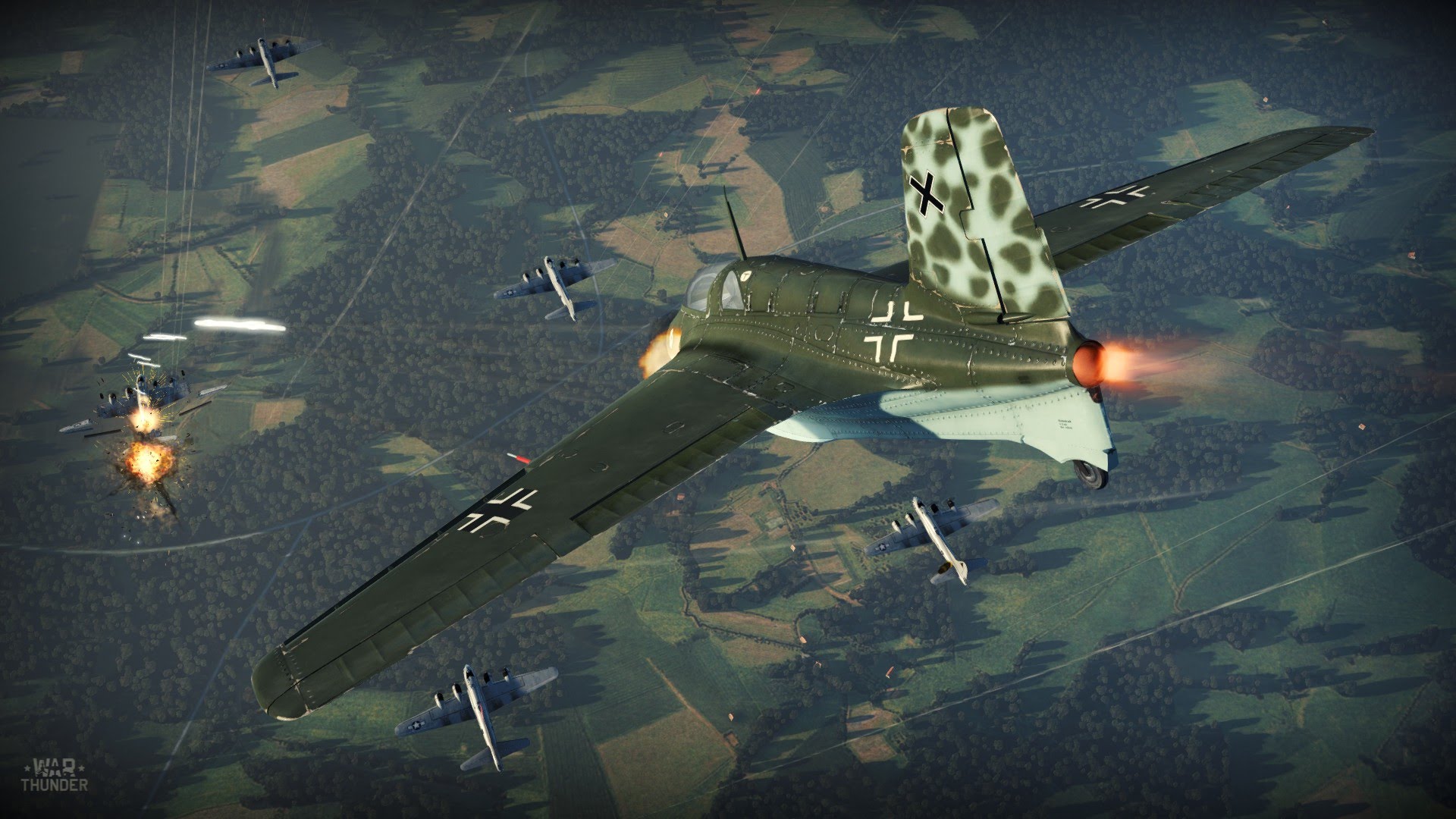 |
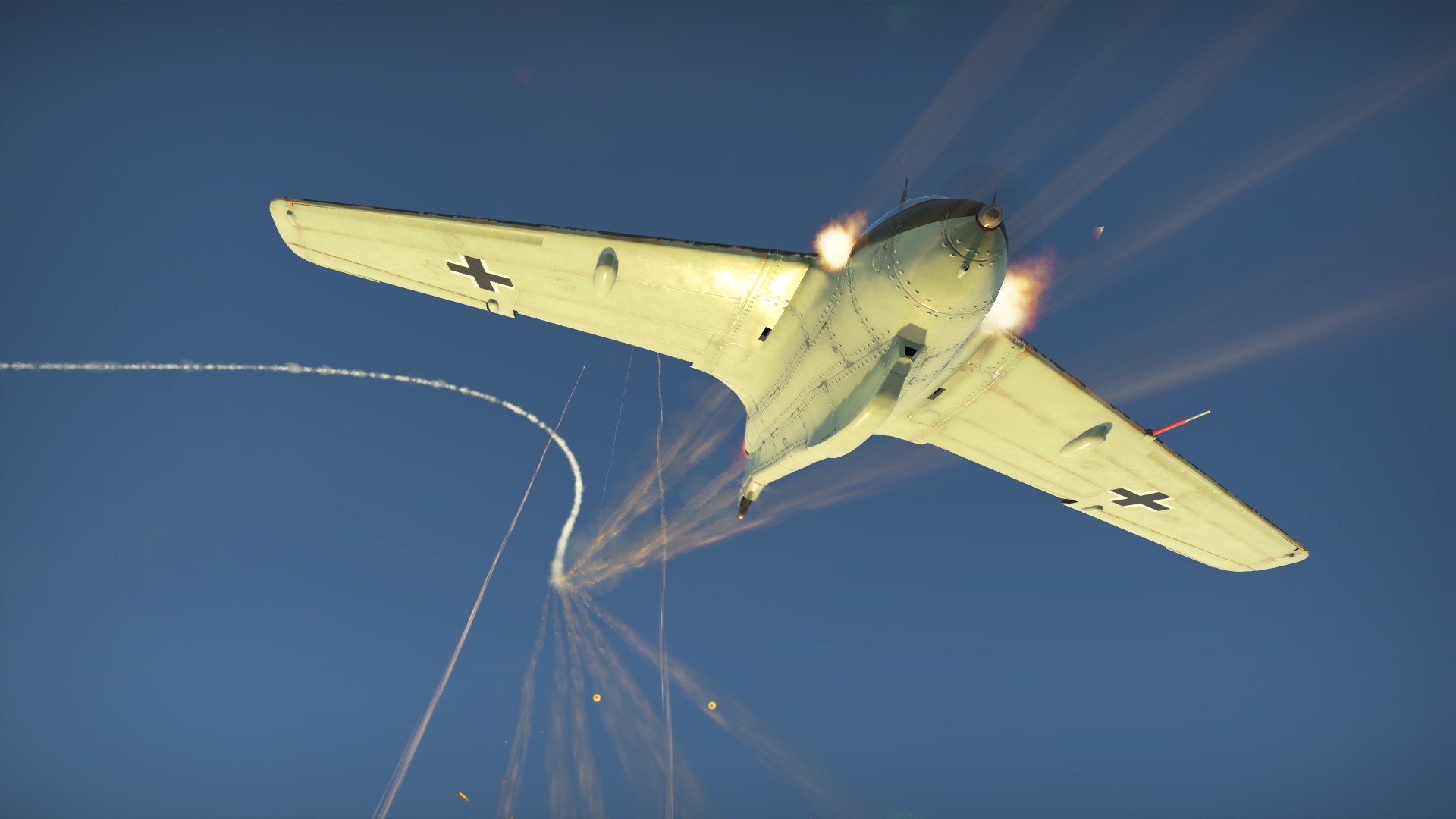 |
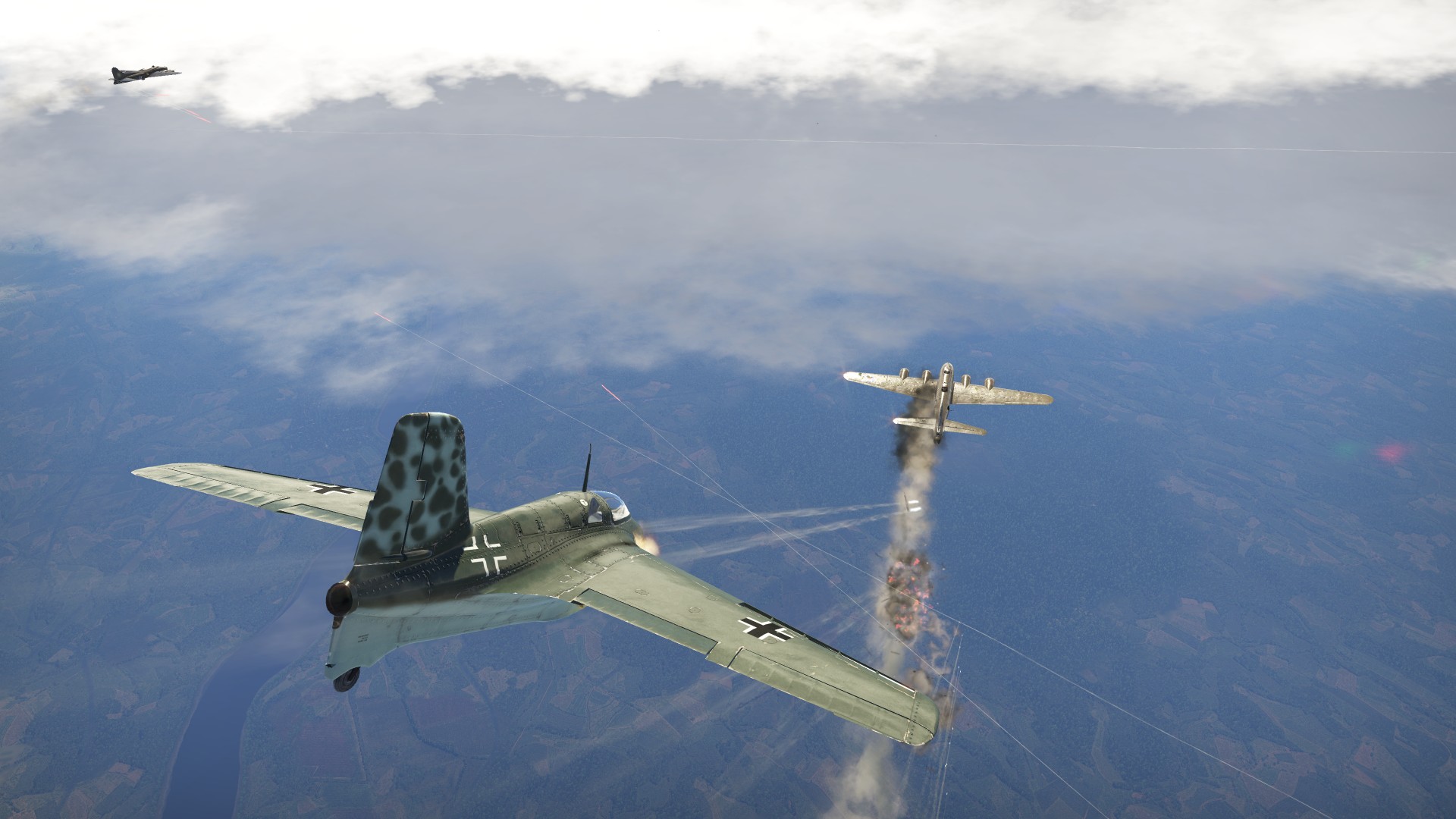 |
Although a failure as a fighter, the Komet was the most revolutionary aircraft ever and achieved many world records, including the first to exceed 1000 km/h and to reach its Critical Mach in level flight. It inspired many experimental rocket aircraft in its wake, Ki-200, X-1, X-15, even the Space Shuttle are descendants of that little plane. Dr. Lippisch also greatly contributed to flight, working for Convair post war developing his delta wing designs, this technology eventually resulting in the supersonic F-102, F-106, B-58, and inspiration for Concorde and shape of the Space Shuttle among dozens of others. This tiny plane and its inventor literally changed the shape of aviation.
Author: Joe “Pony51” Kudrna
Want to read more about the vehicles in War Thunder? Find other Vehicle Profiles on our website!
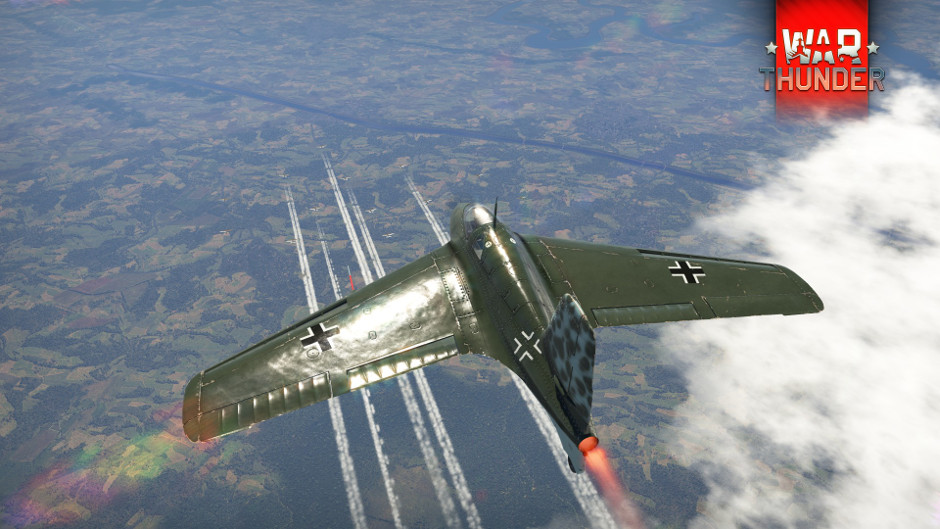
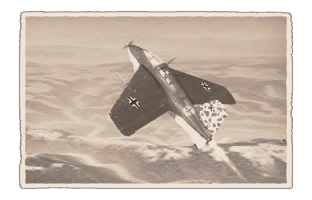
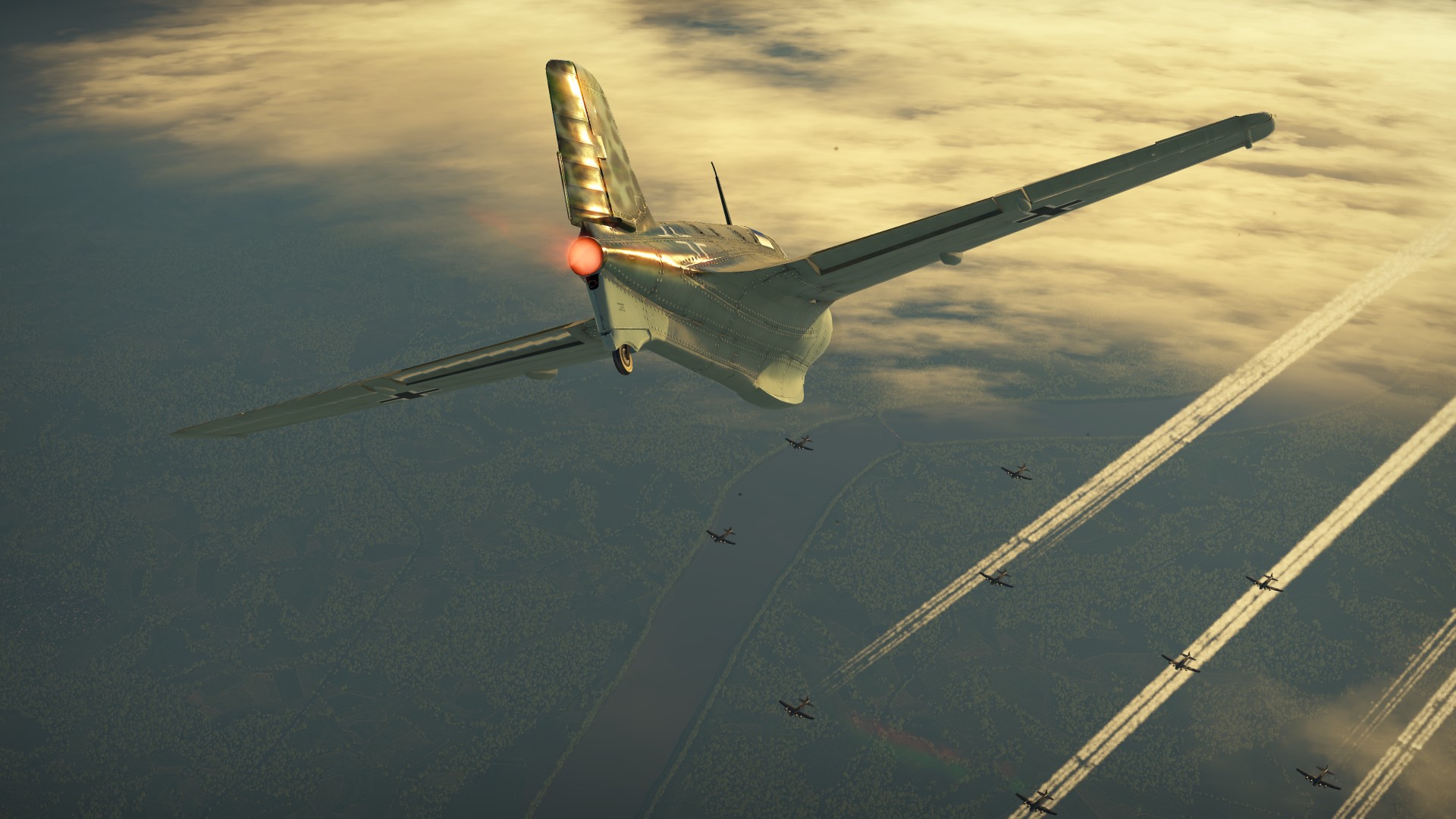
 PROS:
PROS: CONS:
CONS:



Comments (42)
Can we please get the jettisonable wheels used on takeoff:3
That's like asking for jettisonable fuel tanks;)
*Afghan_TAXIMAN2, and what is wrong with that?
Neat little aeronautical design and a great read! More unknown combatants history and vehicle profiles please?!!! Can't say enough how much these articles featuring research tech tips and gameplay pros and cons are solid gold for every thunder'er out there from the most welcome here 'Noob' to the 'smells like roses' lvl 100 Nerfherders... cheers! o7
We plan to keep doing historical article like this one in the future (probably 1 a week).
Ouiche, Do people request these or you guys (As in the mangers) do them?
Nice article but why was it a failure as a fighter?
it was because of its small fuel supply as well has if it took even minor damage it would b nearly impossible to fly back to base, and don't get me started if it gets a fuel leak............
John_Bolten, the pilot melts...
This sounds like a pretty good plane. The high speed, good guns and small size make it ideal for dogfights. Hopefully, this German Jet is pretty weak and vulnerable with its fuel and armour, or else this would be overpowered
Make it ideal for dogfights, yes but no, the guns are powerful, but slow in rate of fire and velocity, so hitting moving targets can be quite a challenge.
It's already in game
"difficult to land", I think you mean previously broken, fixed then some how broken again so that wings explode after you stop.
Can we please go back to historical matchmaking that you won our hearts with back in 1.27? Not this BR love-fest to take care of the whiners?
Why is expensive repair cost not in cons list?
You forgot to say 1 cons. All the sparks that the cannons do :D Wasted 60 of my rounds in a B57 without failing...
Nice article, the komet is a good plane, but the only problem is the fuel..(sadface) will we get the Me262? or any Rocket Plane ?
Yet, a Tu-4 can take it out no problem. :/
Submit a complaint